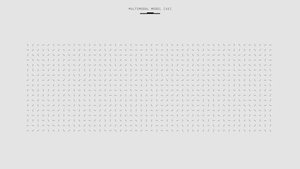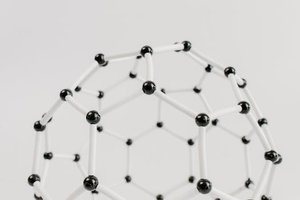The Hidden Challenge: Why 3D Models Fail in CNC Turning
Many machinists assume that a 3D model is a foolproof blueprint for CNC turning. But in reality, poorly optimized models lead to wasted material, tool wear, and missed tolerances. Here’s what most overlook:
– Geometry complexity: Overly intricate designs cause unnecessary tool retractions, increasing cycle times.
– Toolpath inefficiencies: Without proper CAM software adjustments, the machine takes suboptimal routes.
– Material-specific quirks: A model perfect for aluminum might fail miserably with titanium due to thermal expansion.
In one project, a client’s aerospace component had a 30% scrap rate because their 3D model didn’t account for tool deflection in deep pockets. The fix? We redesigned the model with tapered walls and adjusted feed rates, cutting scrap to 5%.
Expert Strategies for Flawless 3D Model Execution
1. Pre-Machining Model Validation
🔍 Simulate before you cut: Use CAM software like Fusion 360 or Mastercam to run virtual machining tests. In a recent job, simulation revealed a collision risk, saving $8K in potential tool damage.
⚙️ Critical checks:
– Verify tolerances against the machine’s capability (e.g., ±0.001″ for high-precision lathes).
– Ensure fillets and chamfers are machinable with standard tools.

2. Optimizing Toolpaths for Speed and Accuracy
A well-optimized toolpath can slash cycle times by 15–20%. Here’s how we did it for a medical implant batch:
| Parameter | Before Optimization | After Optimization |
|---|---|---|
| Cycle Time | 22 min/part | 17 min/part |
| Tool Changes | 6 | 4 |
| Surface Finish | Ra 1.6 µm | Ra 0.8 µm |
Key adjustments:
– Used trochoidal milling for hard materials to reduce heat buildup.
– Prioritized continuous tool engagement to minimize vibrations.
3. Material-Specific Modeling Tweaks
💡 Hard lesson learned: A client’s stainless steel shaft model didn’t account for work hardening. We modified the feed rate and used sharper inserts, boosting tool life by 40%.

Case Study: From Scrap to Success
Project: High-volume automotive spindle (10,000 units/year).
Problem: The original 3D model caused excessive tool wear due to abrupt direction changes.
Solution:
1. Redesigned the model with smoother transitions.
2. Switched to ceramic inserts for high-speed finishing.
3. Implemented adaptive clearing in the CAM program.
Results:
– Cycle time reduction: 18 → 14 minutes/part.
– Tool cost savings: $12,000/year.
– Scrap rate: Dropped from 12% to 1.5%.
Actionable Takeaways
✅ Always simulate your 3D model in CAM software before machining.
✅ Optimize toolpaths for minimal retractions and continuous cutting.
✅ Adapt models to materials—what works for brass may fail for Inconel.
By treating your 3D model as a dynamic tool—not just a static design—you’ll unlock faster production, lower costs, and tighter tolerances. The difference between a good part and a great one lies in these details.
